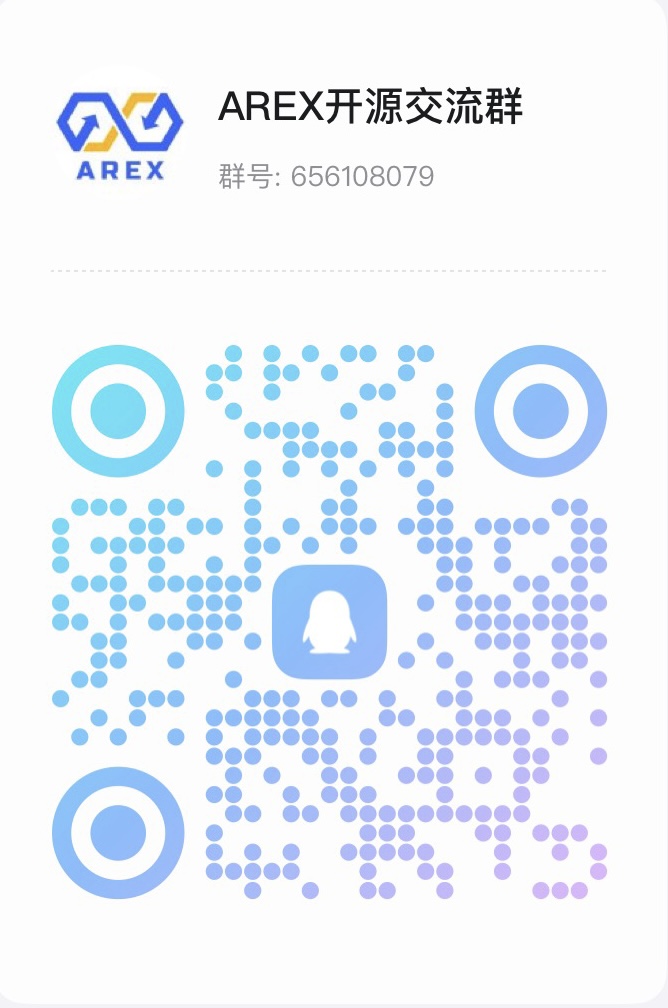在本文中,我们将通过示例了解Java lambda表达式以及lambda表达式在函数接口、通用函数接口和流API中的使用。
lambda表达式是在Java8中首次引入的。它的主要目标是提高语言的表达能力。
但是,在进入lambdas之前,我们首先需要了解功能接口。
什么是Functional Interface?
如果Java接口包含一个且仅包含一个抽象方法,则称为函数接口。只有一种方法指定了接口的预期用途。
例如,包java.lang中的Runnable接口;是一个函数接口,因为它只构成一个方法,即run()。
示例1:用java定义函数接口
import java.lang.FunctionalInterface;
@FunctionalInterface
public interface MyInterface{
// the single abstract method
double getValue();
}在上面的示例中,接口MyInterface只有一个抽象方法getValue()。因此,它是一个功能接口。
这里,我们使用了注释@functioninterface。注释强制Java编译器指示该接口是功能接口。因此,不允许有多个抽象方法。然而,这不是强制性的。
在Java7中,函数接口被视为单一抽象方法或SAM类型。SAMs通常在Java7中使用匿名类实现。
示例2:用java中的匿名类实现SAM
public class FunctionInterfaceTest {
public static void main(String[] args) {
// anonymous class
new Thread(new Runnable() {
@Override
public void run() {
System.out.println("I just implemented the Runnable Functional Interface.");
}
}).start();
}
}输出:
I just implemented the Runnable Functional Interface.在这里,我们可以将一个匿名类传递给一个方法。这有助于在Java7中编写代码更少的程序。但是,语法仍然很难,需要很多额外的代码行。
Java8进一步扩展了SAMs的功能。因为我们知道函数接口只有一个方法,所以在将其作为参数传递时,不需要定义该方法的名称。Lambda表达式允许我们完全做到这一点。
lambda表达式简介
Lambda表达式本质上是一个匿名或未命名的方法。lambda表达式不会自行执行。相反,它用于实现由函数接口定义的方法。
如何在Java中定义lambda表达式?
下面是如何在Java中定义lambda表达式。
(parameter list) -> lambda body使用的新运算符(->)称为箭头运算符或lambda运算符。语法目前可能不清楚。让我们来探讨一些例子,
假设我们有这样一种方法:
double getPiValue() {
return 3.1415;
}我们可以使用lambda表达式编写此方法,如下所示:
() -> 3.1415这里,该方法没有任何参数。因此,运算符的左侧包含一个空参数。右侧是lambda主体,指定lambda表达式的操作。在本例中,它返回值3.1415。
Lambda体的类型
在Java中,lambda主体有两种类型。
1. 具有单个表达式的主体
() -> System.out.println("Lambdas are great");这种类型的lambda体称为表达式体。
2. 由代码块组成的主体。
() -> {
double pi = 3.1415;
return pi;
};这种类型的lambda体称为块体。块体允许lambda体包含多个语句。这些语句包含在大括号内,必须在大括号后添加分号。
注意:对于块体,如果块体返回值,则可以使用return语句。但是,表达式体不需要返回语句。
示例3:Lambda表达式
让我们编写一个Java程序,使用lambda表达式返回Pi的值。
如前所述,lambda表达式不会单独执行。相反,它形成了由函数接口定义的抽象方法的实现。
因此,我们需要首先定义一个功能接口。
import java.lang.FunctionalInterface;
// this is functional interface
@FunctionalInterface
interface MyInterface{
// abstract method
double getPiValue();
}
public class Main {
public static void main( String[] args ) {
// declare a reference to MyInterface
MyInterface ref;
// lambda expression
ref = () -> 3.1415;
System.out.println("Value of Pi = " + ref.getPiValue());
}
}输出:
Value of Pi = 3.1415在上面的例子中,
我们已经创建了一个名为MyInterface的功能接口。它包含一个名为getPiValue()的抽象方法
在主类中,我们声明了对MyInterface的引用。注意,我们可以声明接口的引用,但不能实例化接口。就是,
// it will throw an error
MyInterface ref = new myInterface();
// it is valid
MyInterface ref;然后,我们为引用指定了一个lambda表达式。
ref = () -> 3.1415;最后,我们使用引用接口调用方法getPiValue()
System.out.println("Value of Pi = " + ref.getPiValue());带参数的Lambda表达式
到目前为止,我们已经创建了没有任何参数的lambda表达式。但是,与方法类似,lambda表达式也可以有参数。例如
(n) -> (n%2)==0这里,括号内的变量n是传递给lambda表达式的参数。lambda主体接受参数并检查它是偶数还是奇数。
示例4:使用带参数的lambda表达式
@FunctionalInterface
interface MyInterface {
// abstract method
String reverse(String n);
}
public class Main {
public static void main( String[] args ) {
// declare a reference to MyInterface
// assign a lambda expression to the reference
MyInterface ref = (str) -> {
String result = "";
for (int i = str.length()-1; i >= 0 ; i--)
result += str.charAt(i);
return result;
};
// call the method of the interface
System.out.println("Lambda reversed = " + ref.reverse("Lambda"));
}
}输出:
Lambda reversed = adbmaL通用功能接口
到目前为止,我们使用的函数接口只接受一种类型的值。例如
@FunctionalInterface
interface MyInterface {
String reverseString(String n);
}上面的函数接口只接受字符串并返回字符串。但是,我们可以使函数接口通用,以便接受任何数据类型。如果您不确定泛型,请访问Java泛型。
示例5:通用函数接口和Lambda表达式
// GenericInterface.java
@FunctionalInterface
interface GenericInterface<T> {
// generic method
T func(T t);
}
// GenericLambda.java
public class Main {
public static void main( String[] args ) {
// declare a reference to GenericInterface
// the GenericInterface operates on String data
// assign a lambda expression to it
GenericInterface<String> reverse = (str) -> {
String result = "";
for (int i = str.length()-1; i >= 0 ; i--)
result += str.charAt(i);
return result;
};
System.out.println("Lambda reversed = " + reverse.func("Lambda"));
// declare another reference to GenericInterface
// the GenericInterface operates on Integer data
// assign a lambda expression to it
GenericInterface<Integer> factorial = (n) -> {
int result = 1;
for (int i = 1; i <= n; i++)
result = i * result;
return result;
};
System.out.println("factorial of 5 = " + factorial.func(5));
}
}输出:
Lambda reversed = adbmaL
factorial of 5 = 120在上面的示例中,我们创建了一个名为GenericInterface的通用函数接口。它包含一个名为func()的泛型方法。
在这里,在主类中,
GenericInterface<String>reverse-创建对接口的引用。该接口现在对字符串类型的数据进行操作。GenericInterface<Integer>factorial-创建对接口的引用。在本例中,接口对整型数据进行操作。
Lambda表达式和StreamAPI
新的java.util.stream包已添加到JDK8中,它允许java开发人员执行搜索、筛选、映射、减少或操作列表等集合。
例如,我们有一个数据流(在本例中是一个字符串列表),其中每个字符串都是国家名称和国家地点的组合。现在,我们可以处理这些数据流,只从尼泊尔检索地方。
为此,我们可以通过stream API和Lambda表达式的组合在stream中执行批量操作。
示例6:演示将lambdas与stream API一起使用
import java.util.ArrayList;
import java.util.List;
public class StreamMain {
// create an object of list using ArrayList
static List<String> places = new ArrayList<>();
// preparing our data
public static List getPlaces(){
// add places and country to the list
places.add("Nepal, Kathmandu");
places.add("Nepal, Pokhara");
places.add("India, Delhi");
places.add("USA, New York");
places.add("Africa, Nigeria");
return places;
}
public static void main( String[] args ) {
List<String> myPlaces = getPlaces();
System.out.println("Places from Nepal:");
// Filter places from Nepal
myPlaces.stream()
.filter((p) -> p.startsWith("Nepal"))
.map((p) -> p.toUpperCase())
.sorted()
.forEach((p) -> System.out.println(p));
}
}输出:
Places from Nepal:
NEPAL, KATHMANDU
NEPAL, POKHARA在上面的示例中,请注意以下语句:
myPlaces.stream()
.filter((p) -> p.startsWith("Nepal"))
.map((p) -> p.toUpperCase())
.sorted()
.forEach((p) -> System.out.println(p));这里,我们使用流API的filter()、map()和forEach()等方法。这些方法可以将lambda表达式作为输入。
我们还可以根据上面学习的语法定义自己的表达式。这使我们能够像上面的示例中所看到的那样,大幅减少代码行。
除特别注明外,本站所有文章均为老K的Java博客原创,转载请注明出处来自https://javakk.com/2270.html




 在这个努力程度如此低下的时代,还轮不到比拼天赋。静下心来,just do it
在这个努力程度如此低下的时代,还轮不到比拼天赋。静下心来,just do it

暂无评论